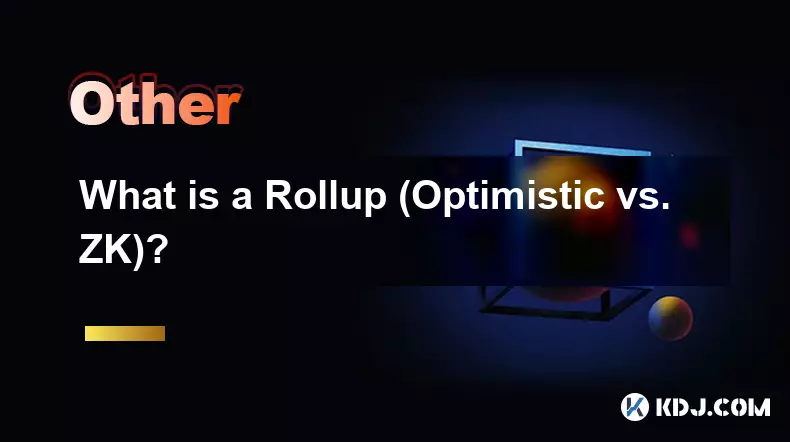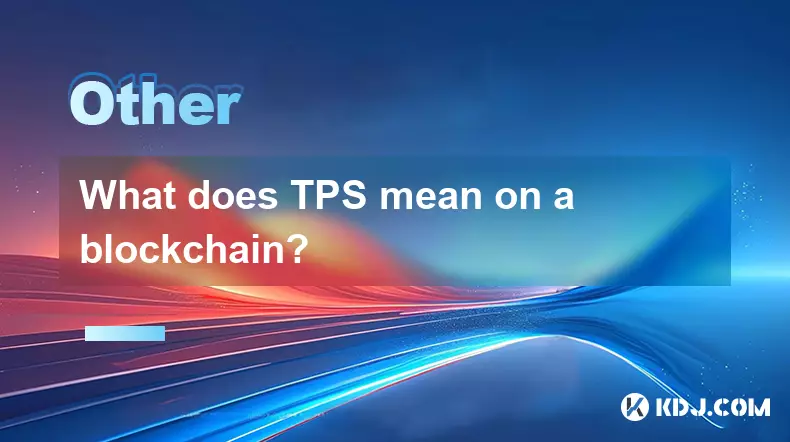-
 bitcoin
bitcoin $122025.899241 USD
-2.12% -
 ethereum
ethereum $4488.068729 USD
-4.11% -
 bnb
bnb $1315.348019 USD
8.65% -
 tether
tether $1.000457 USD
0.03% -
 xrp
xrp $2.875326 USD
-3.69% -
 solana
solana $222.043604 USD
-4.07% -
 usd-coin
usd-coin $0.999682 USD
0.00% -
 dogecoin
dogecoin $0.249887 USD
-5.62% -
 tron
tron $0.337379 USD
-2.59% -
 cardano
cardano $0.827763 USD
-5.06% -
 hyperliquid
hyperliquid $45.774531 USD
-2.43% -
 chainlink
chainlink $22.079309 USD
-5.87% -
 ethena-usde
ethena-usde $1.000156 USD
0.02% -
 sui
sui $3.482566 USD
-3.57% -
 stellar
stellar $0.386982 USD
-4.92%
what are some of the risks associated with dlt and blockchain
Despite the transformative potential of DLT and blockchain, inherent risks such as security vulnerabilities, operational challenges, and market volatility require careful management for the safe and effective adoption of these technologies.
Oct 18, 2024 at 07:54 pm

Distributed Ledger Technology (DLT) and blockchain are transformative technologies that have revolutionized various industries. However, like any emerging technology, they come with inherent risks that must be understood and managed.
1. Security Risks:- Vulnerabilities in Code: DLT and blockchain systems are software, and like any software, they can have vulnerabilities that can be exploited by hackers.
- Phishing Attacks: Fraudulent emails or websites can trick users into sharing their private keys, giving attackers access to their funds.
- Malware: Malicious software can infect devices and steal cryptocurrency or confidential data from DLT systems.
- 51% Attack: If a single entity or group gains control over more than 50% of the network, they could manipulate transactions and reverse confirmations.
- Transaction Latency and Scalability: Some DLT systems can experience delays in processing transactions, especially during periods of high network congestion.
- Interoperability Challenges: Different DLT systems may use different protocols and data structures, making it difficult to seamlessly exchange data and assets.
- Lack of Regulation: The regulatory landscape for DLT and blockchain is still evolving, which can create uncertainty and increase compliance risks.
- Price Volatility: Cryptocurrencies and other digital assets traded on DLT systems can experience significant price fluctuations, exposing investors to financial losses.
- Market Manipulation: Unfair practices, such as insider trading or wash trading, can distort market prices and create opportunities for fraud.
- Liquidity Risk: In some cases, the liquidity of digital assets listed on DLT systems may be limited, making it difficult to sell or trade them in a timely manner.
- Third-Party Storage: Many users store their digital assets on cryptocurrency exchanges or other third-party platforms. If these platforms are hacked or mismanaged, users' funds could be lost.
- Private Key Management: Users are responsible for safeguarding their private keys, which grant access to their digital assets. If a private key is lost or stolen, the user may not be able to recover their funds.
- Regulatory Compliance: DLT and blockchain businesses must comply with applicable laws and regulations in the jurisdictions where they operate. Failing to do so can lead to legal penalties and fines.
- Cross-Border Transactions: International transactions involving digital assets may be subject to different regulations and tax laws, increasing the legal and compliance complexities.
Disclaimer:info@kdj.com
The information provided is not trading advice. kdj.com does not assume any responsibility for any investments made based on the information provided in this article. Cryptocurrencies are highly volatile and it is highly recommended that you invest with caution after thorough research!
If you believe that the content used on this website infringes your copyright, please contact us immediately (info@kdj.com) and we will delete it promptly.
- BlockDAG, DOGE, HYPE Sponsorship: Crypto Trends Shaping 2025
- 2025-10-01 00:25:13
- Deutsche Börse and Circle: A StableCoin Adoption Powerhouse in Europe
- 2025-10-01 00:25:13
- BlockDAG's Presale Buzz: Is It the Crypto to Watch in October 2025?
- 2025-10-01 00:30:13
- Bitcoin, Crypto, and IQ: When Genius Meets Digital Gold?
- 2025-10-01 00:30:13
- Stablecoins, American Innovation, and Wallet Tokens: The Next Frontier
- 2025-10-01 00:35:12
- NBU, Coins, and Crypto in Ukraine: A New Yorker's Take
- 2025-10-01 00:45:14
Related knowledge

What is a token economy?
Sep 20,2025 at 12:18am
Understanding the Foundations of a Token Economy1. A token economy in the context of cryptocurrency refers to a system where digital tokens are used a...

What are suitable application scenarios for blockchain?
Sep 20,2025 at 03:19am
Decentralized Finance (DeFi) Platforms1. Blockchain enables the creation of financial services without centralized intermediaries, allowing users to l...

What is a Rollup (Optimistic vs. ZK)?
Sep 22,2025 at 03:00pm
Understanding Rollups in Blockchain Technology1. Rollups are layer-2 scaling solutions designed to increase transaction throughput on blockchains like...

What is blockchain scalability?
Sep 19,2025 at 06:18am
Understanding Blockchain Scalability1. Blockchain scalability refers to a network's ability to handle an increasing number of transactions without com...

What does TPS mean on a blockchain?
Sep 21,2025 at 09:54am
Understanding TPS in Blockchain Technology1. TPS stands for Transactions Per Second, a metric used to measure the number of transactions a blockchain ...

What is a multi-signature wallet
Sep 20,2025 at 07:00am
Understanding Multi-Signature Wallets in Cryptocurrency1. A multi-signature wallet, often referred to as a multisig wallet, is a type of cryptocurrenc...

What is a token economy?
Sep 20,2025 at 12:18am
Understanding the Foundations of a Token Economy1. A token economy in the context of cryptocurrency refers to a system where digital tokens are used a...

What are suitable application scenarios for blockchain?
Sep 20,2025 at 03:19am
Decentralized Finance (DeFi) Platforms1. Blockchain enables the creation of financial services without centralized intermediaries, allowing users to l...

What is a Rollup (Optimistic vs. ZK)?
Sep 22,2025 at 03:00pm
Understanding Rollups in Blockchain Technology1. Rollups are layer-2 scaling solutions designed to increase transaction throughput on blockchains like...

What is blockchain scalability?
Sep 19,2025 at 06:18am
Understanding Blockchain Scalability1. Blockchain scalability refers to a network's ability to handle an increasing number of transactions without com...

What does TPS mean on a blockchain?
Sep 21,2025 at 09:54am
Understanding TPS in Blockchain Technology1. TPS stands for Transactions Per Second, a metric used to measure the number of transactions a blockchain ...

What is a multi-signature wallet
Sep 20,2025 at 07:00am
Understanding Multi-Signature Wallets in Cryptocurrency1. A multi-signature wallet, often referred to as a multisig wallet, is a type of cryptocurrenc...
See all articles










































































